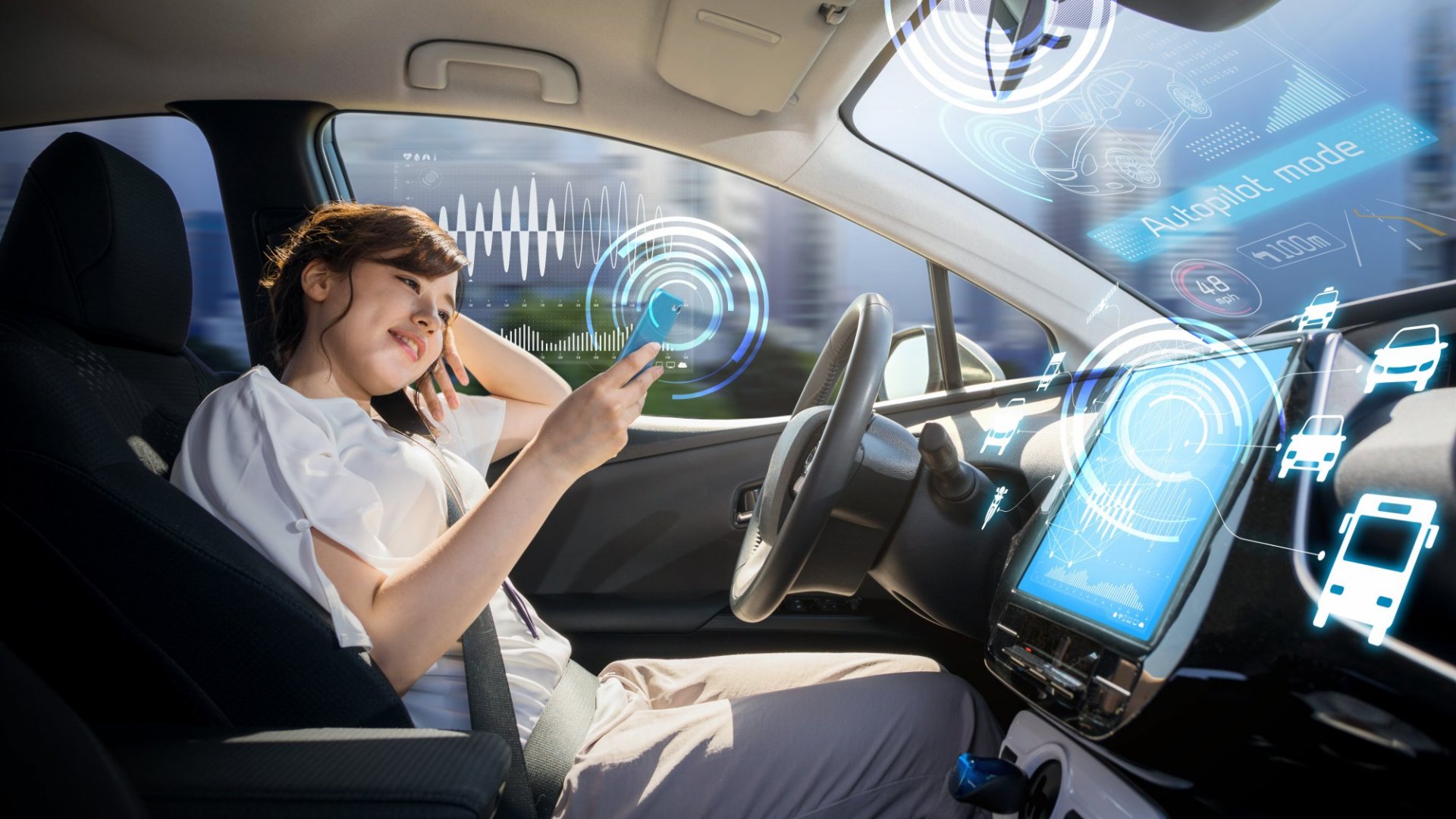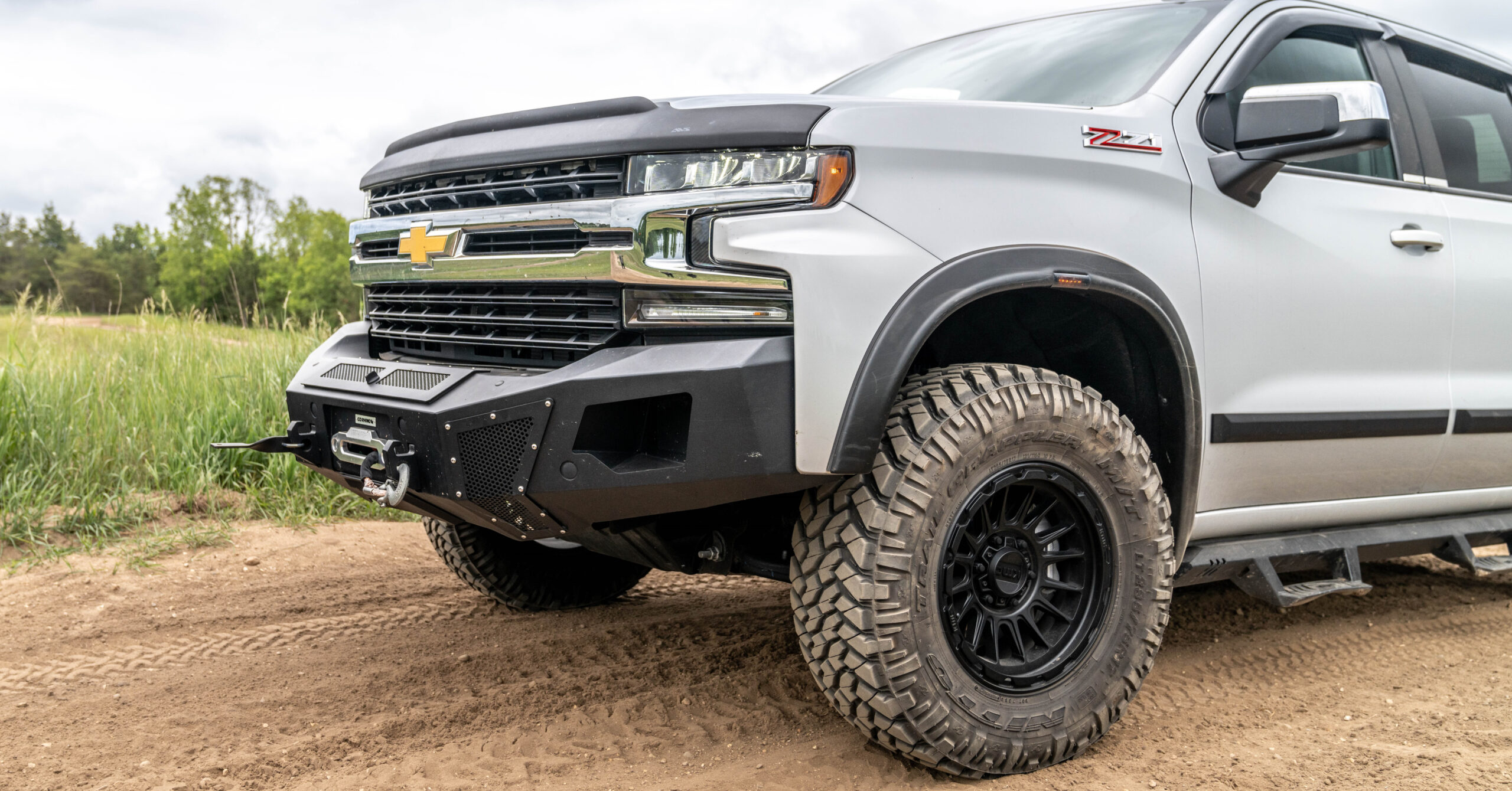Autonomous driving, also known as self-driving, represents a groundbreaking technology with the potential to revolutionize transportation. Autonomous cars are capable of sensing their surroundings and navigating without human input, thanks to advanced algorithms and sensory technology. The journey to fully self-driving vehicles is categorized into six levels:
- Level 0: No automation; the driver performs all tasks.
- Level 1: Driver assistance; the car can control steering or speed independently, but not both.
- Level 2: Partial automation; the car can control both steering and speed but requires driver supervision.
- Level 3: Conditional automation; the car can make driving decisions but may still require human intervention.
- Level 4: High automation; the vehicle is capable of driving independently in most environments but may require a human driver in challenging situations.
- Level 5: Full automation; no human intervention is required under any circumstances.
Interest in autonomous vehicles is rapidly growing, with heavy investments from automotive giants, tech firms, and governments worldwide. Many view these vehicles as a key step toward safer, more efficient, and accessible mobility solutions, with industries and stakeholders making strides to overcome the technological, regulatory, and ethical challenges.
The Promise of Autonomous Driving
Safety
One of the most compelling promises of autonomous driving is its potential to dramatically improve road safety. Human error is the primary cause of over 90% of road accidents, with issues like distracted driving, fatigue, and impaired judgment playing significant roles. Self-driving cars, by contrast, operate based on precise algorithms that do not tire, become distracted, or make risky decisions. Advanced sensors, cameras, and LiDAR (light detection and ranging) systems, combined with artificial intelligence, enable autonomous cars to detect obstacles, recognize road signs, and respond to changing conditions faster than human reflexes can. Through these technologies, self-driving cars could reduce accidents and ultimately save thousands of lives every year.
Efficiency
Self-driving technology also holds the potential to make roadways more efficient. Autonomous cars can communicate with one another and with surrounding infrastructure, allowing for optimized traffic flow and more consistent speeds across vehicles. This interconnectivity could help minimize congestion, particularly in dense urban areas where traffic jams are common. Beyond improving travel times, this optimization could lead to significant reductions in fuel consumption, as vehicles are less likely to engage in the constant acceleration and braking that characterizes human driving. As a result, emissions could decrease, contributing to environmental sustainability and reducing the carbon footprint of the transportation sector.
Accessibility
Self-driving vehicles are set to open up new possibilities for people who cannot drive due to age, disability, or other reasons. For elderly individuals and those with physical disabilities, autonomous cars could offer unprecedented independence, allowing them to travel without relying on others or on limited public transportation options. This increased accessibility can greatly enhance quality of life by offering a reliable means of transport, broadening access to healthcare, employment, and social opportunities. Furthermore, the ability to use autonomous vehicles could significantly reduce reliance on traditional forms of public transportation, providing a more tailored and on-demand service for everyone.
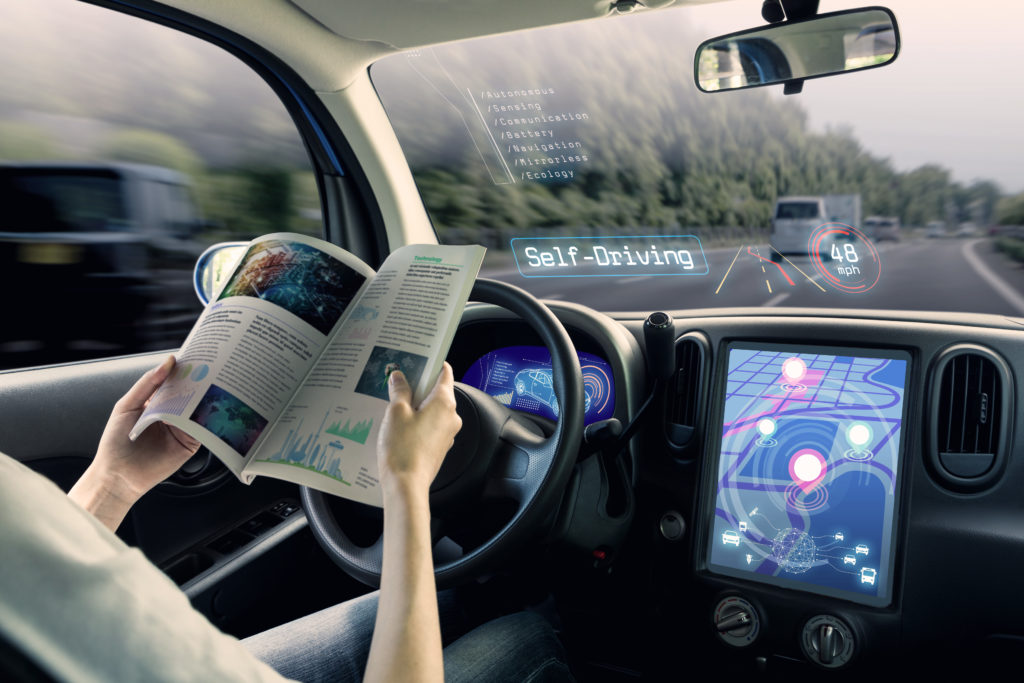
Ethical Considerations
Liability
One of the foremost ethical issues surrounding autonomous vehicles is liability in the event of an accident. When a human driver is in control, assigning fault typically comes down to driver negligence or error. However, with a self-driving car, the situation becomes complex. If an autonomous vehicle causes an accident, who is responsible: the passenger, the vehicle’s manufacturer, the software developer, or the fleet operator? This challenge is compounded by the need for new legal frameworks and regulations to address liability issues specific to autonomous driving. Determining fault is not only a matter of public safety but also affects insurance systems, potentially requiring an entirely new approach to vehicle coverage.
Privacy
As self-driving cars rely on vast amounts of data, privacy becomes a significant concern. Autonomous vehicles continuously collect data from passengers, road surroundings, and other vehicles, often using advanced cameras, sensors, and GPS. This data, which can include personal information, locations, and even biometric data, raises questions about how it is collected, stored, and used. Without robust privacy measures, there is a risk of misuse or unauthorized access to sensitive information. Developing strong data protection policies and encryption technologies will be crucial to safeguarding passenger privacy and maintaining public trust in autonomous vehicles.
Job Displacement
The shift to autonomous vehicles could disrupt the job market, particularly in industries like trucking, taxi services, and delivery, which employ millions worldwide. While self-driving technology promises efficiency and lower operational costs, it also threatens the livelihoods of drivers who may find themselves out of work. Addressing this displacement will require proactive strategies, including retraining and upskilling programs that prepare individuals for new roles in technology, maintenance, and data management. The transition may also necessitate government and industry collaborations to create new opportunities for displaced workers.
Technological Challenges
Sensor Fusion
One of the core challenges in autonomous driving is sensor fusion, the process of integrating data from multiple sensors—such as cameras, lidar, and radar—to create a cohesive and accurate understanding of the environment. Each sensor has its strengths and weaknesses; for example, lidar is effective at mapping surroundings in 3D, while radar excels in detecting distance and speed. Integrating data from these sources is crucial to ensure reliable decision-making and safety. Achieving accurate sensor fusion remains a technical hurdle, as even minor discrepancies can lead to errors in perception, which could jeopardize safe navigation.
AI and Machine Learning
Artificial intelligence (AI) and machine learning (ML) are at the heart of autonomous vehicles, enabling them to perceive and interpret complex driving environments. However, training AI models to make decisions in real-world conditions is challenging. Autonomous vehicles must handle a wide array of scenarios, from busy city streets to adverse weather conditions. Additionally, the “black box” nature of AI, where decision processes are not fully transparent, can raise concerns about accountability in situations where split-second judgments are required. Achieving safe, reliable AI models that can consistently handle complex situations remains an ongoing challenge in autonomous vehicle development.
Infrastructure
For autonomous vehicles to reach their full potential, they will need to operate within an advanced infrastructure ecosystem. Smart infrastructure, including vehicle-to-infrastructure (V2I) communication systems, traffic lights, and road signs, can help autonomous vehicles navigate safely and efficiently. However, upgrading existing infrastructure or building new systems compatible with autonomous technology presents a substantial logistical and financial challenge. Governments, municipalities, and industry stakeholders will need to coordinate investments in smart infrastructure to accommodate widespread adoption of self-driving cars.
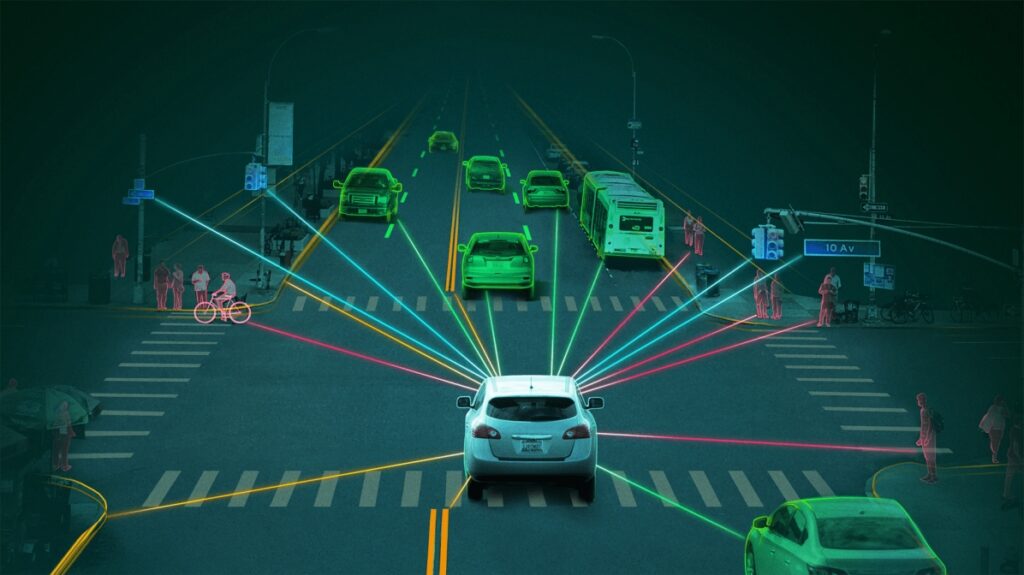
Real-World Applications
Autonomous Taxis and Ride-Sharing
The introduction of autonomous taxis and ride-sharing services is one of the most anticipated applications of self-driving technology. Companies like Waymo, Cruise, and Tesla are leading the way in testing and deploying driverless taxis in urban areas. These services have the potential to reduce costs, improve safety, and reduce the need for personal car ownership. However, challenges remain, including the need for extensive real-world testing, regulatory approval, and gaining public trust. Cities worldwide are beginning to see trials and limited deployments of these services, hinting at a future where autonomous ride-sharing may become the norm.
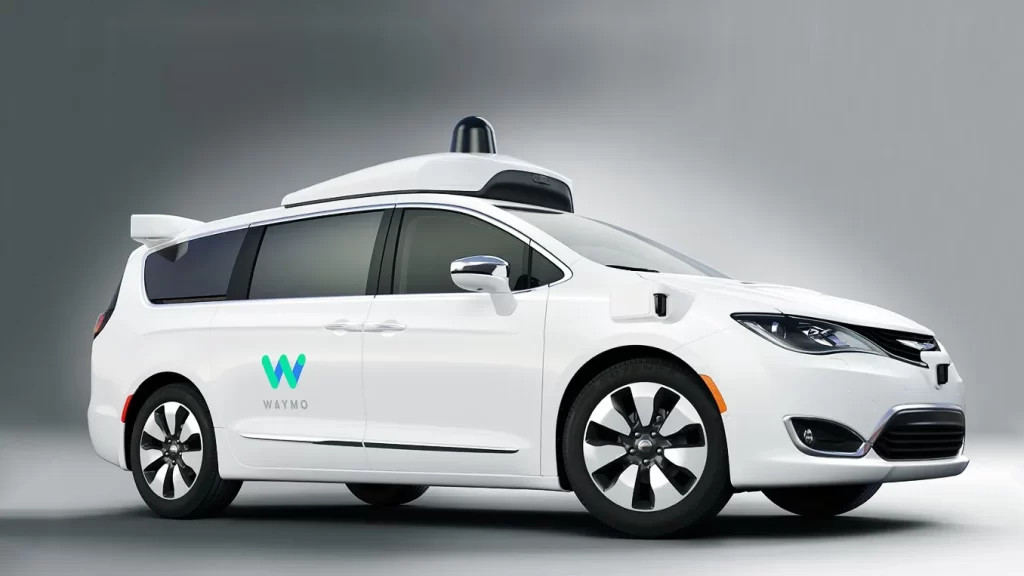
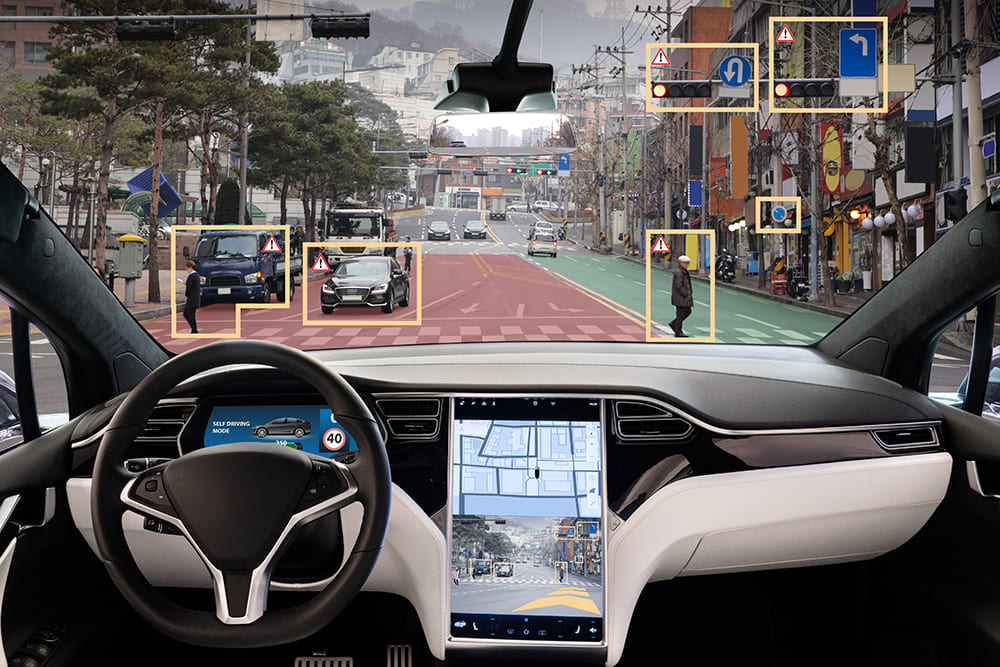
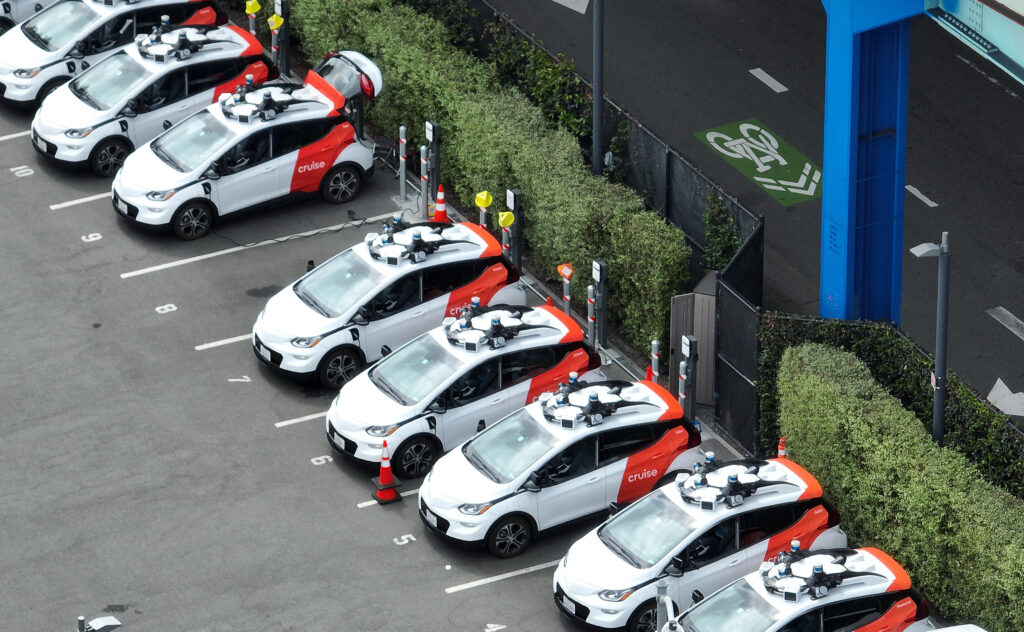
SAN FRANCISCO, CALIFORNIA – JUNE 08: In an aerial view, Chevrolet Cruise autonomous vehicles sit parked in a staging area on June 08, 2023 in San Francisco, California. Autonomous vehicle companies Cruise and Waymo have been testing their vehicles throughout San Francisco and residents are not happy with the problems that the cars are bringing to the city. The cars frequently stop in the middle of roads for no reason, have driven through police crime tape and most recently struck and killed a dog. (Photo by Justin Sullivan/Getty Images)
Autonomous Trucks
Autonomous trucks offer promising solutions for the freight and logistics industry, where driver shortages and long-haul fatigue are significant concerns. Companies such as Embark, TuSimple, and Tesla are exploring self-driving truck technologies aimed at improving efficiency and safety in long-haul transportation. However, autonomous trucking faces unique challenges, including longer distances, diverse road conditions, and the need to navigate complex regulatory environments across states and countries. Nevertheless, the potential benefits are vast, from cost savings to increased delivery speed, positioning autonomous trucks as a key component of the future freight industry.
The Future of Autonomous Driving
Societal Impact
The widespread adoption of autonomous vehicles has the potential to reshape urban landscapes, land use, and even social dynamics. Below are key areas where AVs could make a profound impact:
- Urban Planning and Land Use: As AVs reduce the need for personal vehicle ownership, urban planners might reimagine cities with fewer parking lots and garages. This could free up valuable land for green spaces, pedestrian areas, and new housing developments, creating more sustainable and livable urban environments.
- Reduced Traffic Congestion: By communicating with each other and with smart infrastructure, AVs could reduce traffic congestion and streamline traffic flow. This could potentially lead to fewer rush-hour jams, less pollution, and improved urban air quality.
- Social Interactions: AVs may change how we socialize and interact while commuting. Autonomous ride-sharing could become a norm, potentially reducing the need for personal cars and encouraging more shared journeys. On the other hand, AVs may reduce spontaneous social interactions between drivers and pedestrians, altering the traditional “human element” in transportation.
- Equity and Accessibility: AVs offer potential mobility solutions for elderly individuals, people with disabilities, and those who currently lack access to transportation. However, ensuring that autonomous transportation remains equitable and affordable will require proactive planning and policy development, as well as careful oversight to avoid disproportionate benefits for certain demographics.
Careful planning and policy development will be essential to address these shifts responsibly. Policymakers, urban planners, and tech companies will need to work together to ensure AVs contribute to a more connected, sustainable, and inclusive society.
Conclusion
Autonomous vehicles have the potential to bring about a new era of safety, efficiency, and accessibility in transportation. However, realizing this vision requires not only technological innovation but also thoughtful consideration of the ethical, legal, and societal implications. From reshaping urban landscapes to providing mobility solutions for underserved populations, the autonomous driving revolution could transform the way we live, work, and interact.
While the journey is filled with both challenges and promise, the future of autonomous driving remains an exciting horizon that offers the possibility of a safer, more sustainable, and interconnected world.
